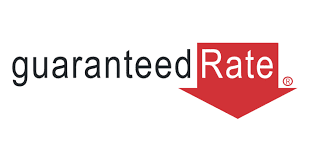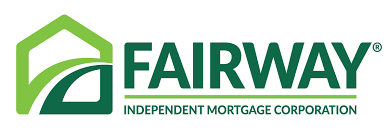Lender LendingTree rating and “best of” category Lender review


Refinance loansRead our review


VA loansRead our review


Jumbo loansRead our review


Online mortgage experienceRead our review


FHA loansRead our review


Home equity loansRead our review


Mortgage loan varietyRead our review
![]() Learn more about how we chose our list of the best mortgage lenders.
Learn more about how we chose our list of the best mortgage lenders.
As with other states, rules and regulations govern the housing market in Oklahoma.
In Oklahoma, a husband and wife can hold real estate as:
Oklahoma’s real estate transfer tax is based on the property’s sales price and calculated at the rate of 75 cents per $500, according to the Oklahoma State Tax Commission.
This means if a home sold for $250,000, the transfer tax would be $375 ($250,000 divided by $500 and multiplied by 0.75). Your lender is required to disclose the exact amount of transfer taxes payable once you’ve identified a property.
Oklahoma has one of the lowest property tax rates in the U.S. According to a 2018 analysis by the Tax Foundation, a policy nonprofit group, Oklahoma’s property tax collection per capita in 2015 was $678. This means Oklahoma had the second lowest property tax rate in all 50 states, with only Alabama coming in lower, at $540 per capita.
Like some states, Oklahoma provides either full or partial property tax exemptions for certain homeowners, according to these guidelines:
The conforming loan limit for mortgages purchased by either Fannie Mae or Freddie Mac is $314,827 for one-unit properties in every county in Oklahoma.
Conforming loan limits are a cap on the size of a mortgage that Fannie and Freddie are willing to buy as they work to both stabilize the mortgage market and make loans more affordable. For consumers who have good credit, conforming loans usually offer the best interest rates. Loans above the limit are known as jumbo loans, and they tend to be riskier and command higher interest rates.

Prospective homebuyers in Oklahoma have access to several in-state assistance programs.
The Oklahoma Housing Finance Agency (OHFA) offers two mortgage programs that can make owning a home more affordable. OHFA 4Teachers is available to borrowers who have a current Oklahoma State Department of Education teaching certificate and who are currently under contract with any accredited Oklahoma public, private or parochial school. Meanwhile, the OHFA Shield program is available to:
Both OHFA programs offer qualified first-time buyers a quarter-percent reduction off the daily published interest rates. However, to qualify for either program, a property can’t cost more than $276,100. Also, maximum income amounts apply per county and are based on family size. For government-backed loans, borrowers can’t have a debt-to-income ratio that is greater than 45%, or 50% for conventional loans. They also need a credit score of 640 or more.
OHFA Dream is a down payment assistance program that’s available for either conventional loans or loans insured by the federal government.
Eligible borrowers can receive either 3.5% or 4% of their total loan amount to put toward the down payment on a home. The buyer does not have to be a first-time homebuyer.
To qualify for down payment assistance with a government-backed loan, a borrower’s income can’t exceed a maximum limit. For 2019, that limit is $120,000 for every county in Oklahoma. To qualify for a government-backed loan, a property’s purchase price in Oklahoma also can’t exceed the current conforming loan limit of $314,827.
For conventional loans, a borrower’s income must not exceed 115% of the area median income (AMI) for their county. For 2019, AMIs in Oklahoma counties range from $75,325 to $93,265. A maximum loan limit of $453,100 also applies.
The OHFA Gold program is available to first-time homebuyers (exceptions apply in certain counties) and provides down payment assistance equal to 3.5% of the total loan amount. This program can be used together with OHFA 4Teachers and OHFA Shield.
Under the Gold program, the maximum purchase price for a home in all Oklahoma counties is $276,100. Maximum income limits also apply per county and are based on family size and whether the home is in a targeted or non-targeted area. For 2019, they range from $65,500 to $93,265.
Targeted areas are either:
To learn more about the help OHFA offers to prospective homebuyers, go here.